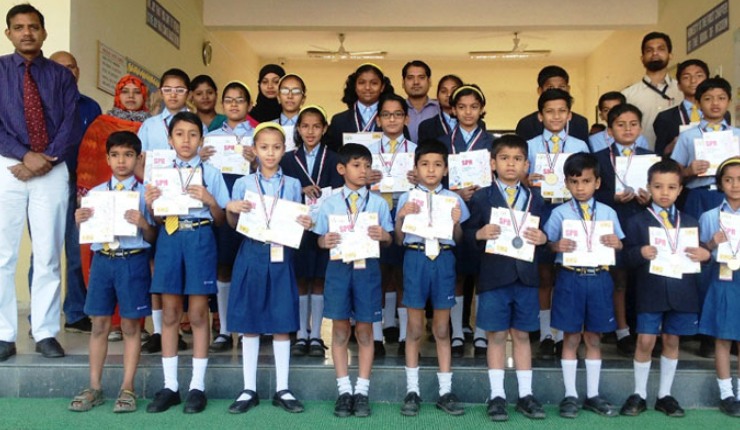Vardhman Podar Learn School, opening its doors in Seoni, comes a new wave of technology and digitisation in the classrooms for the local students. Digital classrooms are becoming increasingly common in schools across India, and for a good reason. By including technology in the classroom, students gain access to a wealth of information and resources that would otherwise be unavailable. In this article, we will explore the importance of digitising education and its impact on students’ lives academically, personally, socially, and professionally.
According to a recent study by KPMG, the e-learning market in India is projected to reach $2 billion by 2021. This rapid growth is due to the increasing adoption of digital learning in schools and the rising demand for skilled workers in the technology industry. With the internet at their fingertips, students can explore topics in-depth and find new and exciting ways to learn. They can also access various multimedia resources, such as videos, images, and interactive simulations, to help make learning more engaging and memorable. A study by the University of Washington found that students who used multimedia resources in the classroom scored 50% higher on tests than those who only used textbooks.
VR technology, in particular, has the potential to revolutionise education by immersing students in virtual environments that simulate real-world scenarios. This immersive approach to learning allows students to experience things that would otherwise be impossible, such as travelling to different parts of the world or exploring the human body. Studies have shown that this type of learning is more effective than traditional classroom methods, as it allows students to engage with the material on a deeper level.
One of the most significant benefits of digitising education is the ability to provide students with a personalised learning experience. With technology, teachers can tailor their lessons to each student’s learning style, making the learning process more efficient and effective. This is especially important in India, where classrooms can be overcrowded, and teachers may not have the resources to provide individual attention to each student.
The practical and immersive approach to education positively impacts students’ lives academically, personally, socially, and professionally. In academics, studies have shown that students who use technology in the classroom have higher retention rates and are more likely to enjoy the learning process. This, in turn, can lead to better grades and higher levels of achievement.
In terms of personal development, digitising education can help students become more independent learners. With access to a wealth of information and resources, students can take charge of their learning and develop critical thinking and problem-solving skills. This, in turn, can help prepare them for higher education and the workforce.
From a social perspective, digitising education can help bridge the gap between students from different backgrounds. With technology, students can collaborate on projects and communicate with each other, regardless of their physical location. This communication can help break down barriers and promote a more inclusive learning environment.
Lastly, from a professional standpoint, digitising education can prepare students for the technology-driven workforce of the future. According to a report by the National Association of Software and Services Companies (NASSCOM), the IT industry in India is projected to create over 3.5 million new jobs by 2025. By including technology in the classroom, students can gain the skills and knowledge needed to succeed in this industry and other technology-driven fields.
In conclusion, digitising education and including technology in the classroom is vital for preparing students for the future. By providing access to a wealth of information and resources, personalised learning experiences, and immersive learning environments, students can develop the skills and knowledge needed to succeed academically, personally, socially, and professionally. As more schools across India adopt digital learning, we expect to see a generation ready to take on the new-age challenges of today and the future.

